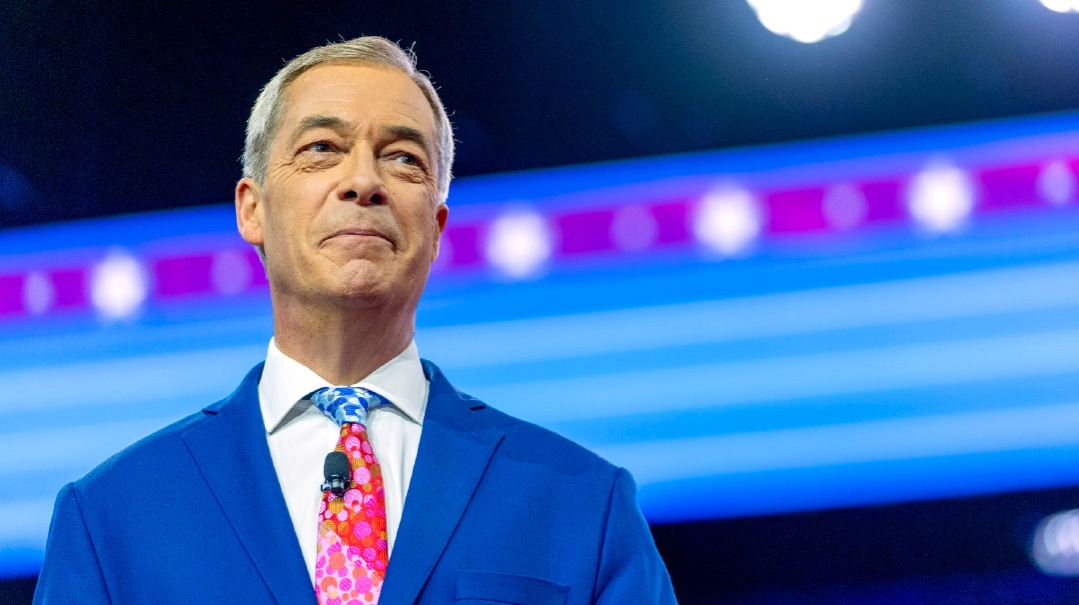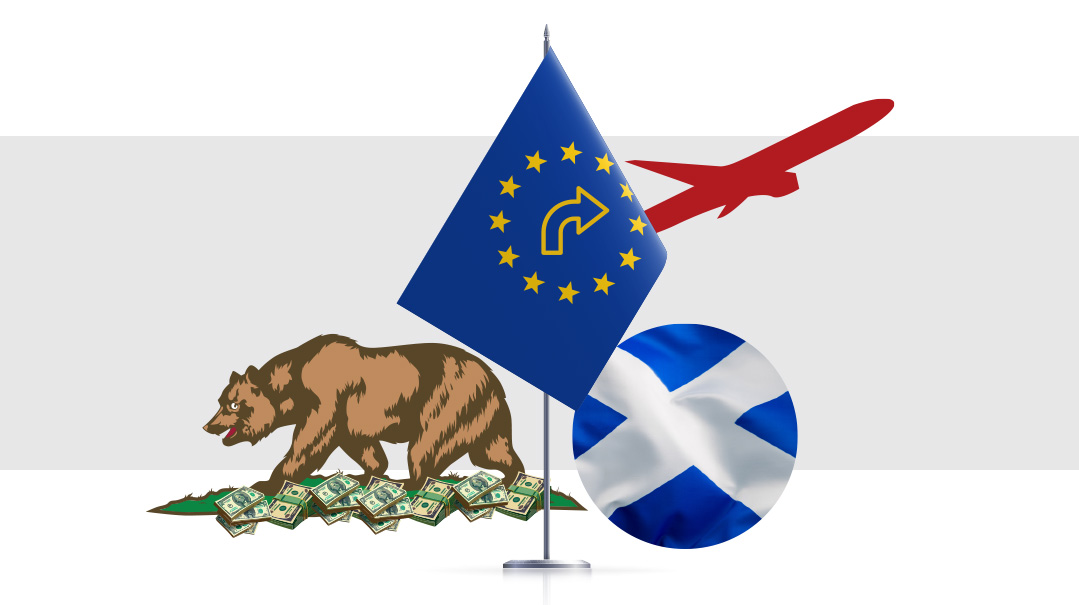Chareidim and Leadership

The sheer weight of chareidi numbers is set to reshape Jewish life as we know it, in ways yet unfathomed.

Speaking at the foundation of the Agudas Yisrael movement in the Polish town of Katowice in 1912, the organization’s founding father Rav Yaakov Rosenheim set out an ambitious goal for the new body: nothing less than reconstituting the Jewish People.
“For it is not an organization to carry out a specific task, whose value comes to an end with the realization of any particular object,” he told the conference, which was headed by figures such as Rav Chaim Soloveitchik and the Gerrer Rebbe.
“Our gathering is rather to revive an ancient Jewish possession: the traditional conception of Klal Yisrael — Israel’s collective body, animated and sustained by its Torah as the organizing soul — which through our Agudas Yisrael we seek to realize in the midst of the civilized world.”
A century later, the spirit of leadership that those words represent is a good starting point for discussion of new figures about chareidi growth.
According to Dr. Daniel Staetsky of London’s Institute for Jewish Policy Research (JPR), the global chareidi population is now 2.1 million, or 14% of the total Jewish People. Put differently, one in seven Jews worldwide are chareidim, a figure expected to leap by 2040 to between 20% and 25%.
These data give statistical form to the facts on the ground now evident worldwide: sheer weight of chareidi numbers is set to reshape Jewish life as we know it, in ways yet unfathomed.
The question is whether we’re ready.
The implications of the massive demographic boom that has taken chareidi society from endangered minority to wave of the future are obvious in many areas. From practical questions like housing and employment, to ideological issues such as secular studies and long-term Torah learning — plus national service in Israel — the contours of future challenges are already visible.
But one result of massive population growth doesn’t get a look in: responsibility.
For 200 years — from the rise of the Reform movement and Napoleon — Torah Judaism was on the defensive.
First the Haskalah and then secular Zionism set the national agenda. Orthodoxy was reactive, and even innovations like the formation of the Agudah were defensive in nature — attempts to keep the barbarians from the communal gate.
Those forces are now spent. Yes, we struggle with the off-the-derech phenomenon, but there is no existential threat to the Torah future.
The most dynamic segment of the Jewish People is the wider Orthodox world — with a stress on the chareidi demographic.
It’s an astonishing turnaround — one that Rav Yaakov Rosenheim could scarcely have imagined — and it means that once again leadership at a national level is heading our way. In the near future, the Torah world will be a major part of the national conversation about Klal Yisrael — this time from a position of strength.
And that requires a major shift in thinking, in terms of achrayus for the Jewish People as a whole — a sense that what happens outside our ghetto gates matters.
Blue-sky thinking of this kind already exists in the kiruv world. But that conversation about the Jewish future needs to go mainstream. It’s no longer good enough to bemoan the “Holocaust of intermarriage” — we have to tackle it at a national level.
Particularly in Israel, a siege mentality and the aggrieved language of a minority that finds itself under attack, will have to go. Like a bank in the American subprime crisis, we’re now too big to fail.
Phoenix-like, the Torah world has risen from the ashes, as these new numbers show. The aberration of the last two centuries when secularism took the reins is over, and the chareidi world needs to step up to the plate.
Nuclear Option
From York, England, to Tirana, Albania, former nuclear bunkers are now tourist attractions that are a reminder of the Cold War era, when nuclear attacks were an ever-present danger.
Suddenly, that threat is emerging again. As their army flounders in Ukraine, and once-neutral states such as Finland and Sweden queue to join NATO, Russian officials are once again talking openly of using nuclear weapons. Is it all bluster, or would they really dare?
One term being bandied about in the think-tank world is “escalate to de-escalate.” It’s a Russian doctrine that envisions using small tactical or battlefield nukes to attack an enemy that is stronger in conventional terms than the Kremlin’s forces.
With the war three months old and their second major offensive blunted by Ukrainian forces around Kharkiv, Vladimir Putin and his leadership must feel a growing sense of crisis. Whether that is enough to trigger the nuclear option is unknown, but Western military leaders must surely be dusting off their own Cold War playbook.
Mutually Assured Destruction, anyone?
12.21
Against the background of yet another mass shooting in the US, this time by a white supremacist in Buffalo, New York, attention has focused once again on the country’s exceptionally high gun death rates. The above figure, from 2022, is the number of deaths per 100,000 of the population.
But as defenders of the 2nd Amendment point out, adjusted for population size, the US isn’t even in the top ten worst countries. And despite the frequent mass shootings, 63% of gun deaths are down to suicide. That’s no argument for guns, though, because in Britain, with very strong gun control laws, there were only 0.23 deaths per 100,000.
Tycoon Trouble
Oh, dear, the White House may have lost another Silicon Valley tycoon.
Piqued by a Biden tweet suggesting that higher corporation tax would tame spiking inflation, Amazon founder Jeff Bezos took a potshot at the White House.
“The newly created Disinformation Board should review this tweet, or maybe they need to form a new Non Sequitur Board instead,” the mogul wrote. “Raising corp taxes is fine to discuss. Taming inflation is critical to discuss. Mushing them together is just misdirection.”
Beginning in the Obama years, Silicon Valley began marching in lockstep with the progressive wing of the Democratic Party, a trend that intensified under former president Trump.
The war of words that the above exchange triggered may prove to be nothing. But equally, it may be another aftershock of the Elon Musk earthquake: the Tesla boss’s move to buy Twitter and his clear break with the Democrats might have been the signal to tycoons everywhere that the tacit alliance is over.
(Originally featured in Mishpacha, Issue 911)
Oops! We could not locate your form.







